
Article content:
Business owners in the export and import sectors know that transportation of goods is a significant cost item. It's time to learn all about containerized shipments from DiFFreight experts. This method leads in demand from our clients on long-distance routes, largely due to its affordable rates.
This refers to the transportation of goods in metal containers suitable for sea, rail, and road transport.
Key advantages:
The most common are 20-foot and 40-foot containers with capacities of about 33 m³ and 67 m³, respectively. There are models with larger volumes, 45-foot in length, and smaller 10-foot containers. We recommend our article about container sizes, which lists all parameters.
Containers are suitable for various types of cargo. They serve as universal "containers" made of metal that are resistant to weather conditions. The walls and base are exceptionally durable. A 40-foot dry cargo container can hold up to 28.8 tons!
After filling and sealing, the container is lifted by a crane to a rail platform or ship’s hold. Which types of cargo are suitable for this transportation?
There are some limitations, such as explosives, radioactive materials, and perishable products without temperature control.
Two Types of Loading:
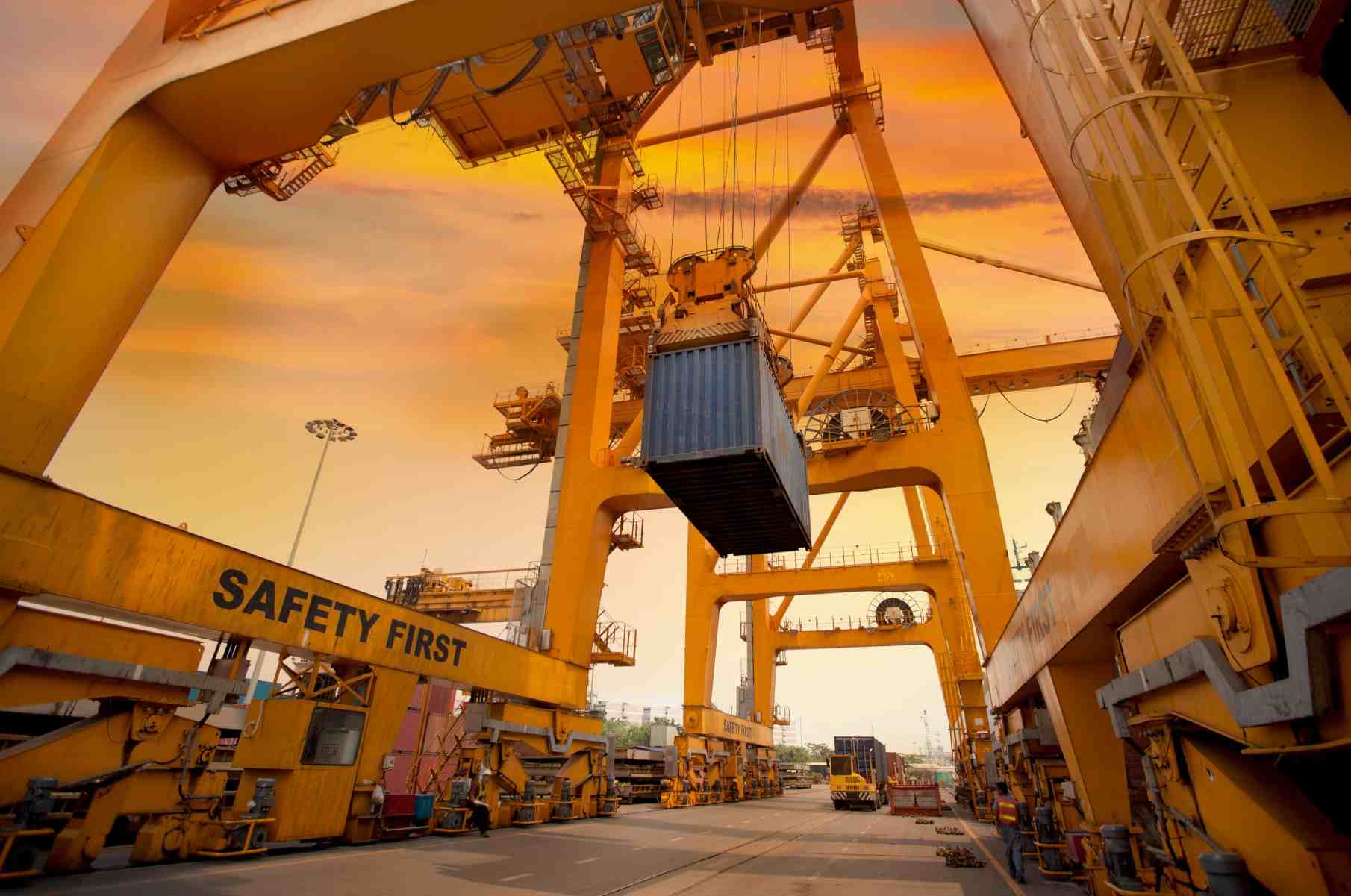
Containerized international shipments are associated with risks: delays in ports due to terminal overload, damage from careless loading, and long customs checks. There can be force majeure events: weather conditions, strikes, or technical failures. To reduce risks, it is important to plan logistics carefully, always insure the cargo, and choose reliable carriers.
Let’s take a detailed look at the types of containers used for sea freight.
Standard (Dry Container) — versatile, suitable for most general cargo.
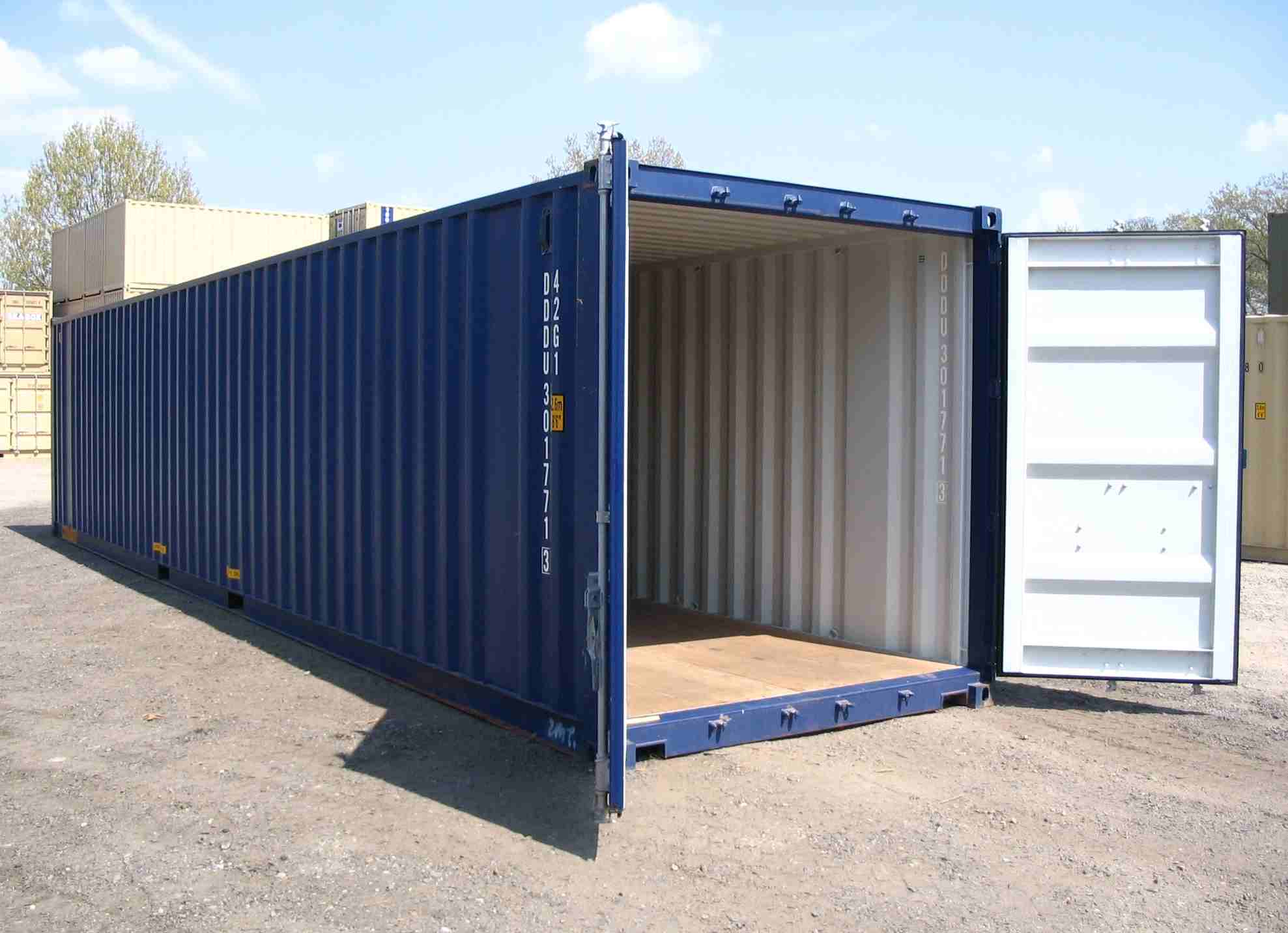
Refrigerated Containers with cooling systems are used for transporting perishable goods (meat, fish, fruits) and other items requiring specific temperature and humidity, such as medicines.
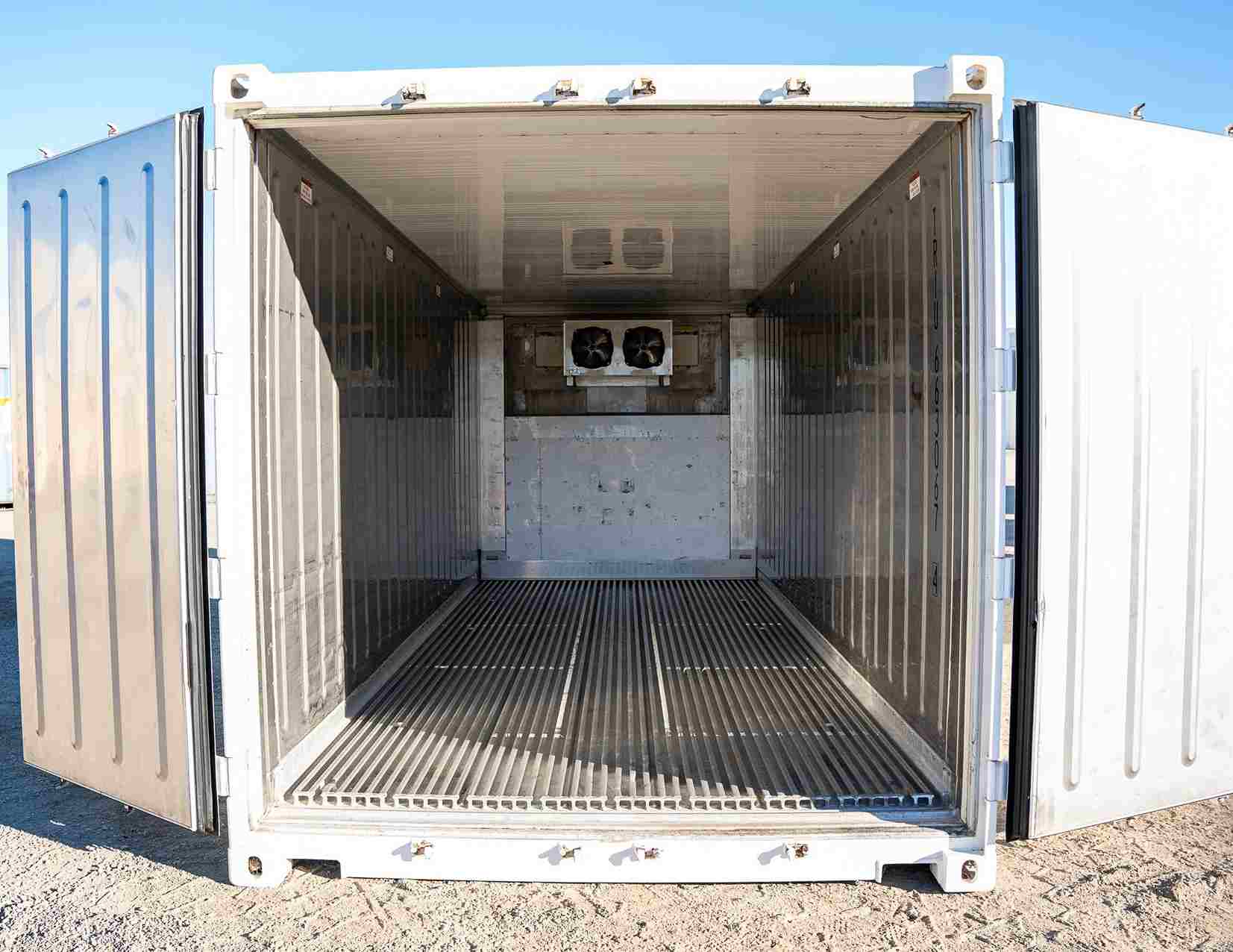
Open-top containers have a removable roof for tall and oversized cargo.
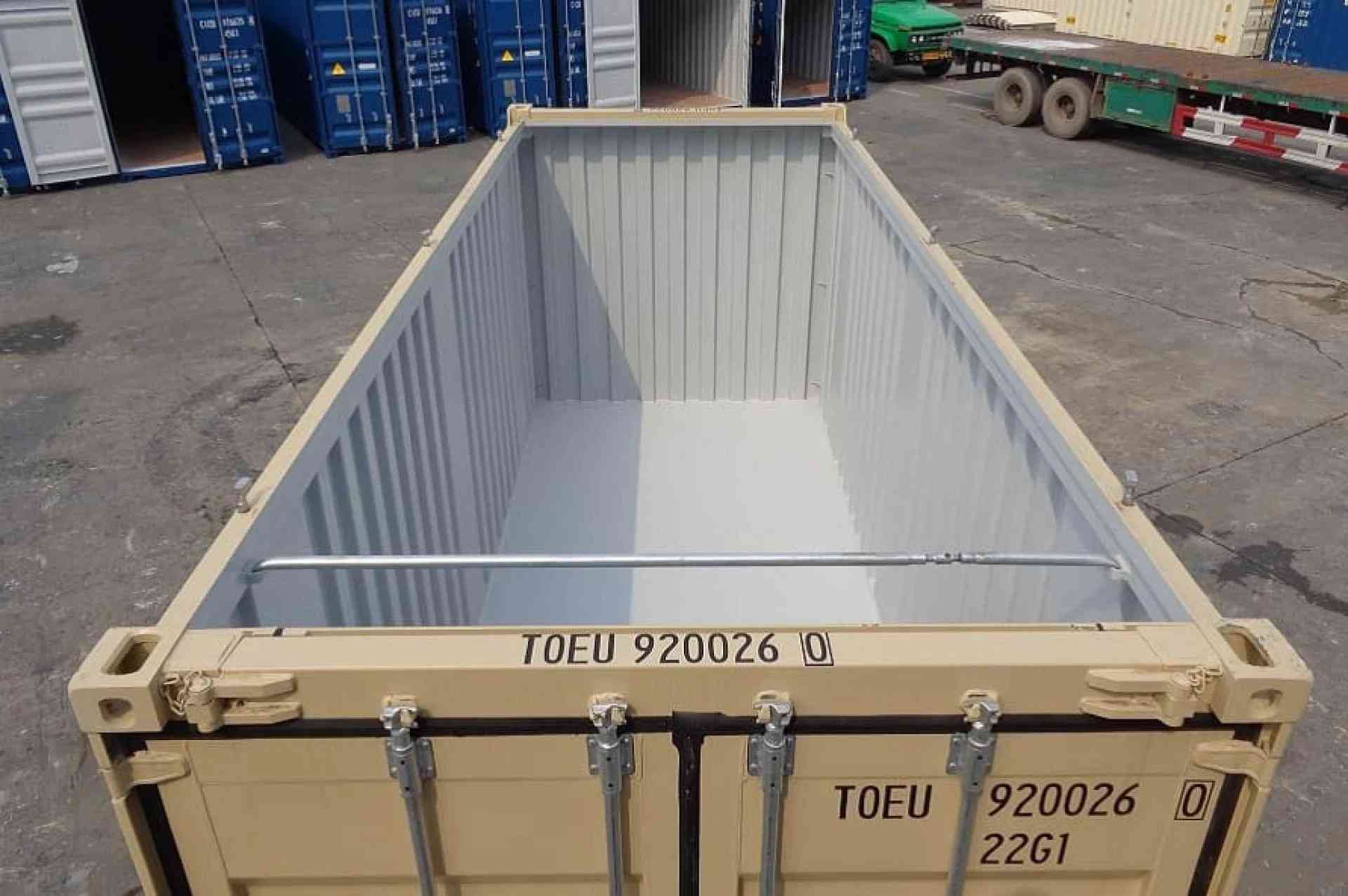
FlatRack Platforms come without walls or roofs. They are suitable for heavy and oversized cargo that cannot fit into standard or open-top containers.
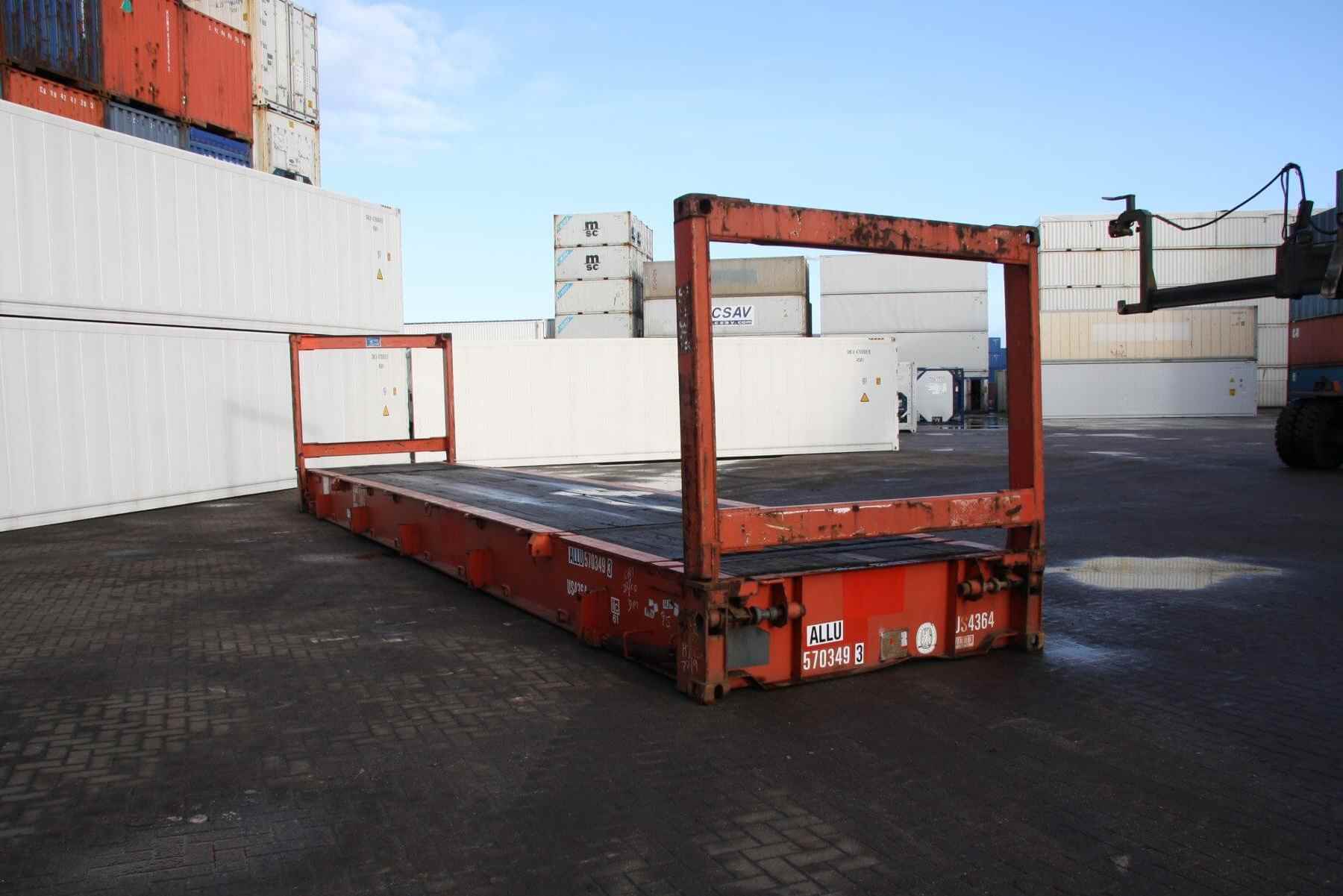
Tank Containers for liquids and gases with enhanced sealed construction and leak protection.
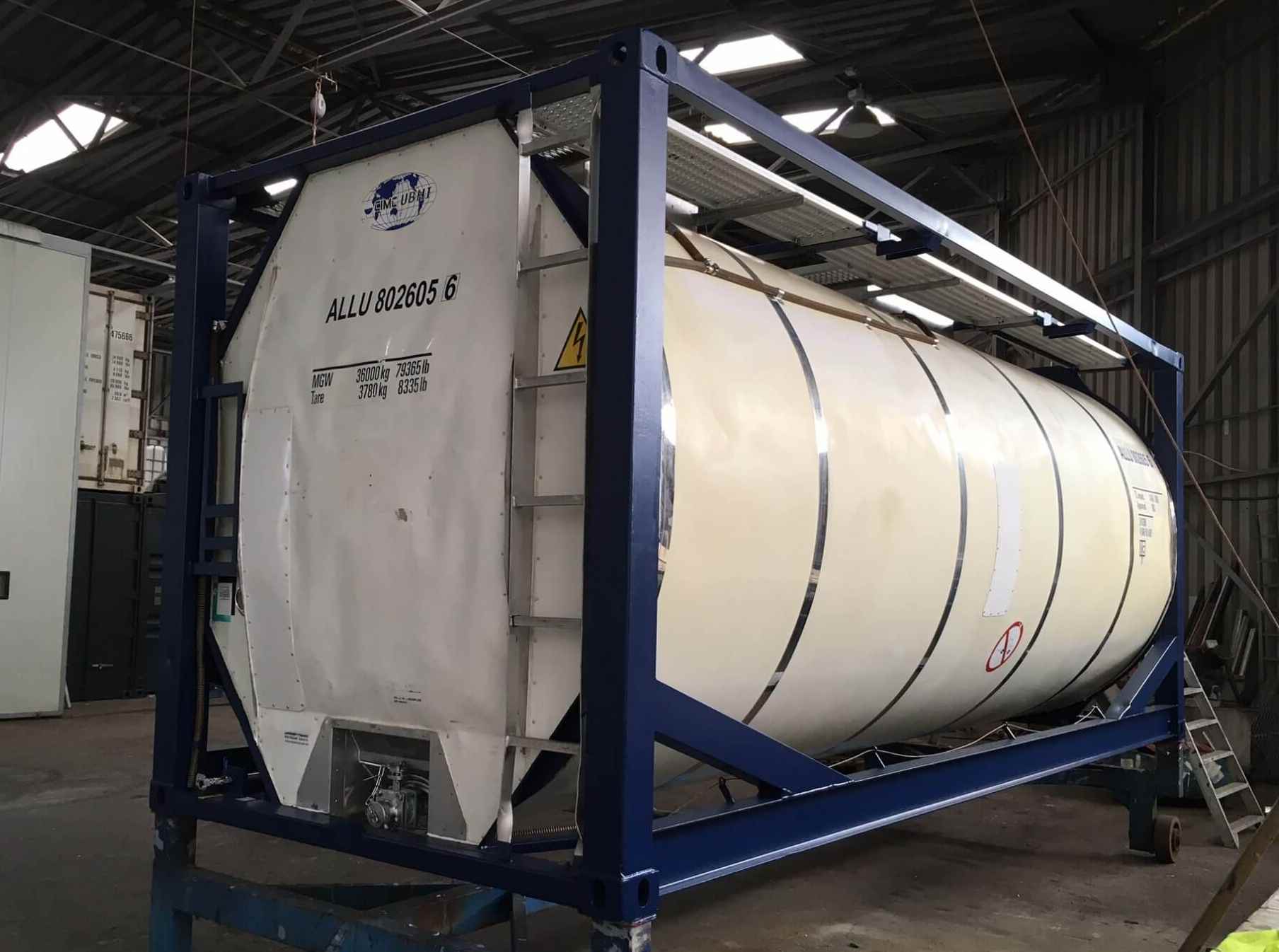
Flexitank — a soft tank placed inside a standard container. This type is used for safely transporting liquid cargoes like oils, juices, and technical fluids. Here's how it is arranged inside schematically:
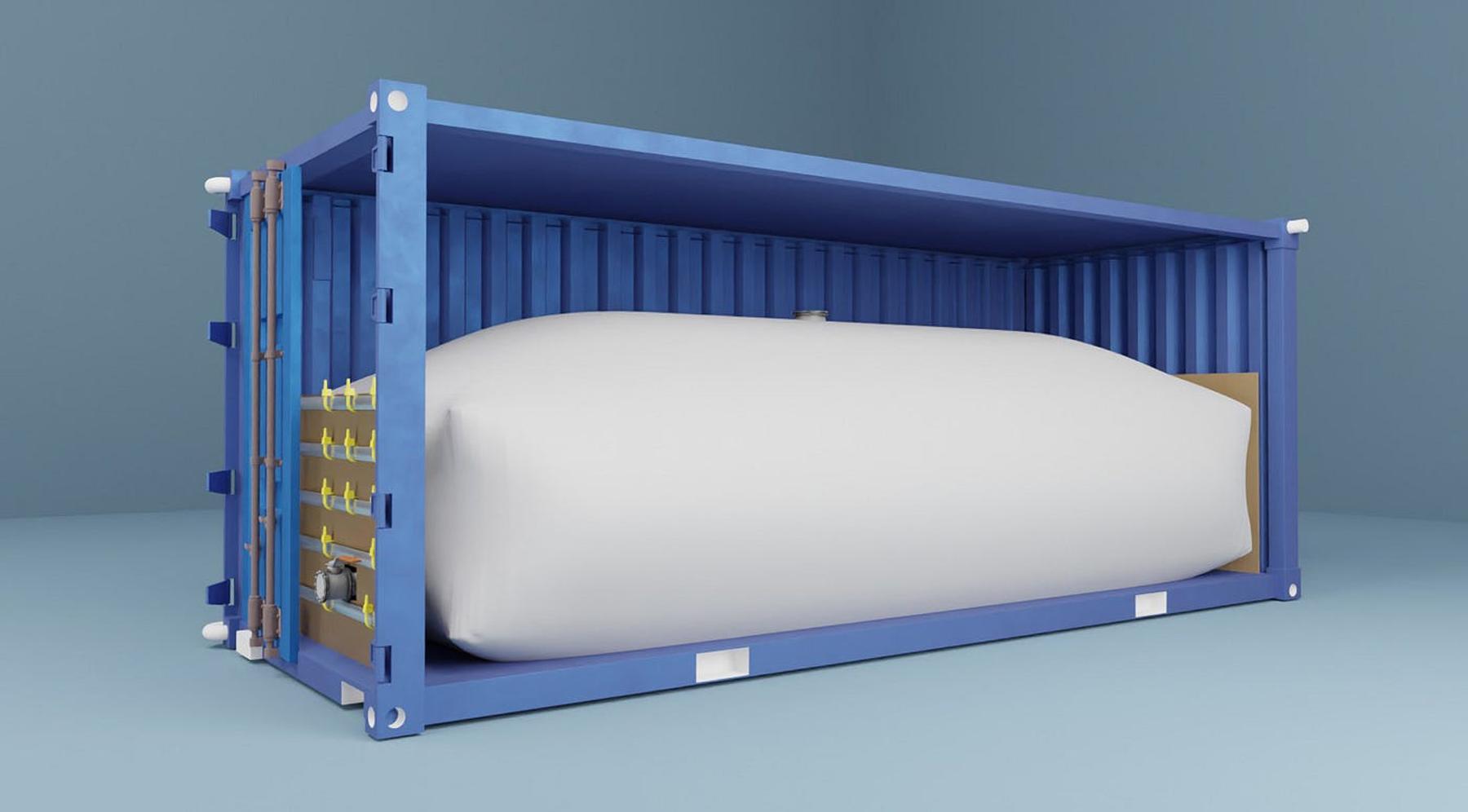
When selecting, consider the type of cargo, storage conditions, route, and packaging requirements. For example, perishable goods require a reefer container, equipment requires a FlatRack. General cargo is usually transported in dry containers, in boxes or on pallets.
If you’re unsure which one is right for you, contact DiFFreight for consultation. Organizing international freight shipments is our specialty!
Freight is the cost. It depends on the delivery terms under Incoterms: for example, under EXW, the buyer takes on all expenses, including freight, while under CIF the seller pays for delivery to the port of destination.
The price is calculated taking into account:
The cost is also influenced by the taxes of the country of departure, the cost of transshipment at ports during transit, and volume. Tariffs also fluctuate depending on the season and holidays. For example, freight rates for shipments from China to Ukraine increase before the Chinese New Year due to container and labor shortages.
Containerized shipping is a reliable solution for businesses. It ensures fast and secure delivery of goods worldwide. Take advantage of the service: DiFFreight has years of experience in sea logistics. We organize timely deliveries from China or the USA, including in containers.
The main advantage of containerized shipping, especially consolidated, is the affordable freight cost. This is why DiFFreight clients include both small business owners and large entrepreneurs. Book a consultation — we'll select the optimal format for you!
Container shipping is suitable for dry cargo, refrigerated food, chemicals, electronics, textiles, and any goods that need protection from damage and weather conditions.
FCL (Full Container Load) — the container is fully loaded by one shipper. LCL (Less than Container Load) — partial loading, when multiple clients’ cargoes are combined into one container.
The route depends on delivery time, cost, and type of cargo. Sea shipping is cheaper for large shipments, while air or rail is faster for urgent cargo. Logistics companies help select the best option.
Main risks: cargo damage, customs delays, incorrect documentation. They can be minimized through cargo insurance, proper packaging, document verification, and working with a reliable logistics partner.